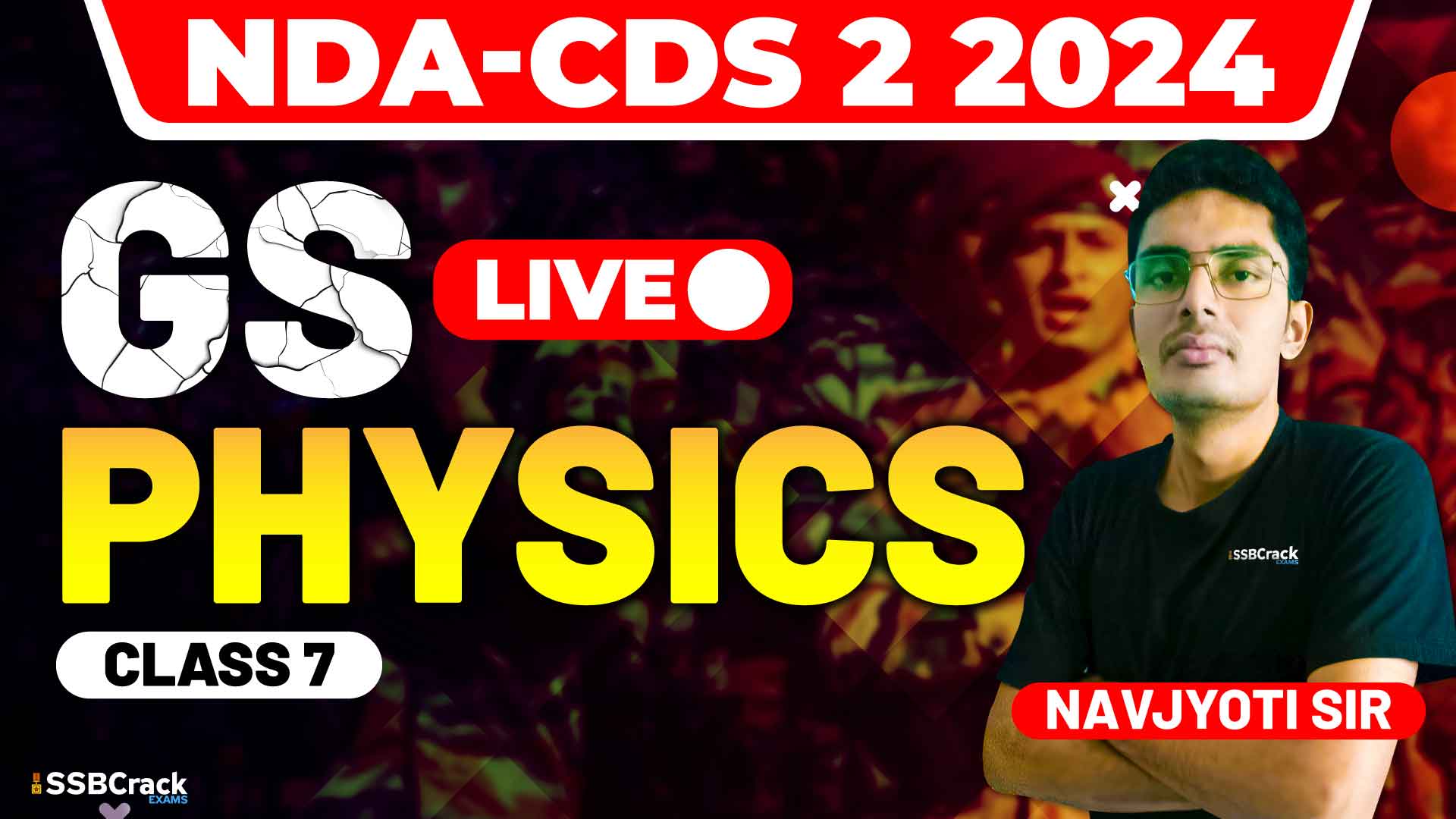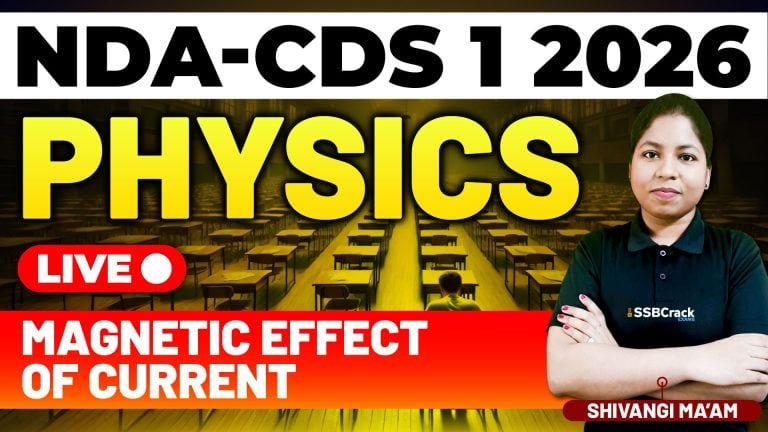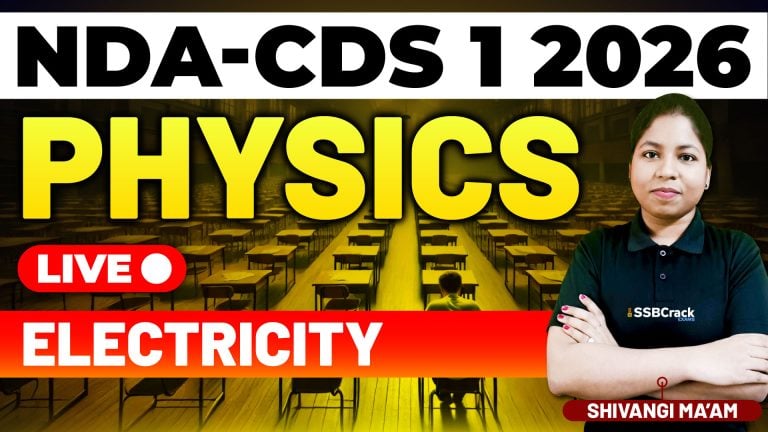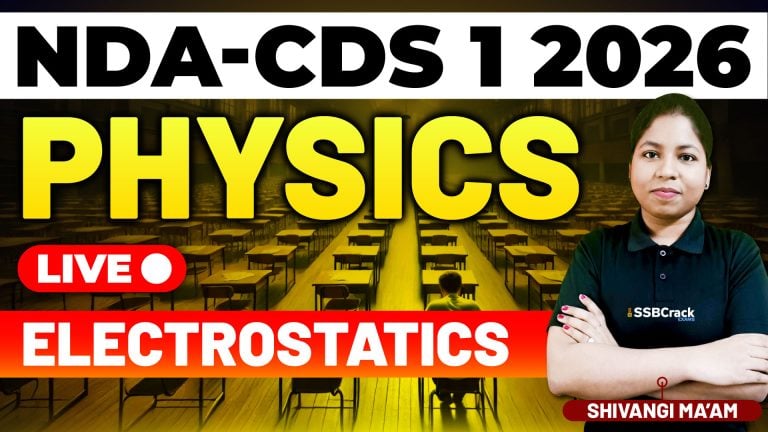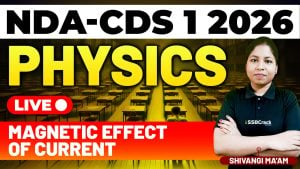Understanding the laws of motion is crucial for anyone studying physics, especially those preparing for competitive exams like the NDA (National Defence Academy) and CDS (Combined Defence Services). These laws describe the relationship between a body and the forces acting on it, and the body’s motion in response to those forces. This article will cover key sub-topics related to the laws of motion, including inertia, momentum, force and impulse, Newton’s three laws of motion, conservation of momentum, other forces, and friction.
Inertia
Inertia is a property of matter that describes an object’s resistance to changes in its state of motion. This means that an object at rest will stay at rest, and an object in motion will continue in motion with the same speed and in the same direction, unless acted upon by an external force. This fundamental concept is crucial for understanding Newton’s First Law of Motion, often referred to as the law of inertia.
Momentum
Momentum is a vector quantity defined as the product of an object’s mass and its velocity. It describes the amount of motion an object has and is a crucial concept in understanding how forces affect motion. The more momentum an object has, the harder it is to stop. Momentum plays a key role in various physical interactions, especially in collisions.
Force and Impulse
Force is a vector quantity that causes an object to undergo a change in speed, direction, or shape. It’s defined as an interaction that, when unopposed, will change the motion of an object. Impulse, on the other hand, is the change in momentum resulting from a force acting over a period of time. It is crucial in analyzing the effects of forces during collisions and other interactions.
Newton’s First Law of Motion
Newton’s First Law of Motion, also known as the law of inertia, states that an object will remain at rest or in uniform motion in a straight line unless acted upon by an external force. This law highlights the concept of inertia and underscores the need for an unbalanced force to change the motion of an object.
Newton’s Second Law of Motion
Newton’s Second Law of Motion states that the force acting on an object is equal to the mass of that object multiplied by its acceleration. This law provides a quantitative description of the effect of a force on an object’s motion and is often summarized by the equation F = ma (force equals mass times acceleration). It explains how the velocity of an object changes when it is subjected to an external force.
Newton’s Third Law of Motion
Newton’s Third Law of Motion states that for every action, there is an equal and opposite reaction. This means that if one object exerts a force on a second object, the second object exerts a force of equal magnitude and in the opposite direction on the first object. This law explains the interactions between objects and is fundamental in understanding phenomena such as recoil and propulsion.
Conservation of Momentum
The principle of conservation of momentum states that in a closed system, where no external forces are acting, the total momentum before an interaction is equal to the total momentum after the interaction. This principle is crucial in analyzing collisions and explosions, where it helps to predict the final velocities of interacting bodies.
Other Forces
In addition to the fundamental forces described by Newton’s laws, there are other forces that play a significant role in motion. These include:
- Gravitational Force: The attractive force between two masses.
- Electromagnetic Force: The force between charged particles.
- Normal Force: The support force exerted by a surface perpendicular to an object resting on it.
- Tension Force: The force transmitted through a string, rope, or cable when it is pulled tight by forces acting from opposite ends.
Understanding these forces is essential for a comprehensive grasp of how objects interact and move in various contexts.
Friction
Friction is the force that opposes the relative motion or tendency of such motion of two surfaces in contact. It acts parallel to the surface and opposite to the direction of motion. There are two main types of friction:
- Static Friction: The friction that exists between a stationary object and the surface on which it’s resting.
- Kinetic Friction: The friction between moving surfaces.
Friction plays a crucial role in everyday life, affecting everything from walking to the functioning of machines. It is also a key factor in many physical problems and real-world applications.
Practical Applications and Exam Tips
- Master Basic Concepts: Ensure a solid understanding of fundamental concepts such as inertia, momentum, and force.
- Use Diagrams: Drawing diagrams of force interactions, motion scenarios, and collision events can aid in visualizing and comprehending the concepts.
- Relate to Real-World Examples: Connecting theoretical concepts to everyday experiences, such as car crashes or sports activities, helps solidify your understanding.
- Practice Problem-Solving: Regular practice with a variety of problems will enhance your problem-solving skills and exam readiness.
- Understand Graphs: Be comfortable with interpreting and drawing motion graphs, as they are often used in exams to represent physical situations.
Conclusion
A comprehensive understanding of the laws of motion and their associated concepts is essential for mastering physics and excelling in NDA and CDS exams. By exploring inertia, momentum, force and impulse, Newton’s three laws of motion, conservation of momentum, other forces, and friction, you can build a strong foundation in this area. Regular practice, the use of diagrams, and connecting theoretical concepts to real-world examples will enhance your comprehension and retention of these topics. With a solid grasp of the laws of motion, you will be well-prepared to tackle related questions and excel in your physics exams.
